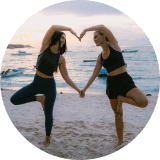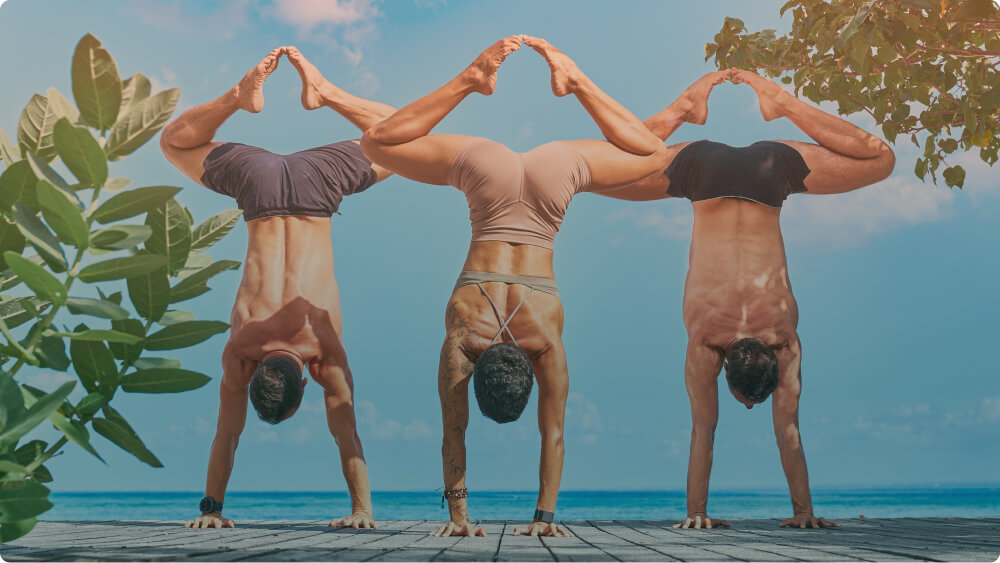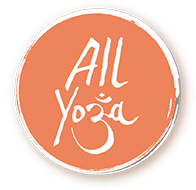
Our Story
All Yoga is the fruit of more than 13 years running yoga teacher training. In 2009, we organized the first yoga course by inviting Larry Schultz, founder of the Rocket Yoga, to host our first yoga TTC in Thailand. Since then, we have been forming the best yoga teachers in the industry through our time tested and result based yoga certification course.

Our Vision
At All Yoga, we thrive to empower individuals through our inspiring yoga teacher training. We cultivate a positive environment that supports students in becoming the best yoga teachers in the industry. With expert guidance, comprehensive curriculum, and unwavering commitment, we provide the tools for students to shine and make a profound impact on others. Join us in amazing locations like Bali or Thailand and discover endless possibilities as we shape the future of yoga instruction together.

All Yoga Team
Our teaching team is truly inspiring! Comprised of international experts with decades of experience, each trainer brings a wealth of knowledge and is a leader in the field of yoga on an international level. Their passion for sharing their knowledge in the yoga certification course is palpable, and their commitment to guiding students on their yoga journey is unparalleled.
With their deep understanding of yoga philosophy, extensive yoga training, and compassionate approach, our teaching team creates an environment where students can thrive and grow. Their expertise spans various yoga disciplines, ensuring a well-rounded and comprehensive education for our students. Join us and be inspired by our exceptional teaching team as they guide you towards unlocking your full potential on the mat and in life.

Code of ethics
Treat all students and fellow teachers with respect, regardless of their background, abilities, or beliefs. Create a safe and inclusive space for all.
Practice and teach yoga with honesty and integrity.
Cultivate compassion and empathy towards all beings, including yourself and others.
Maintain a disciplined and consistent yoga practice, both on and off the mat. Continuously work on self-improvement and growth.
Conduct yourself in a professional and respectful manner at all times, both in-person and online.
Prioritize the safety of all students by ensuring that the teaching environment is clean, well-maintained, and free of hazards.
Communicate clearly and respectfully with students and fellow teachers, both in person and in written communication.
With Full Details
Copyright © 2024, All Yoga International ltd. All Rights Reserved
Privacy Policy